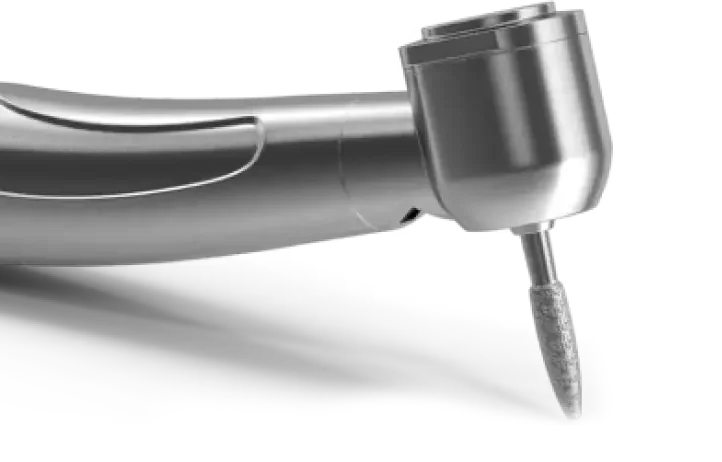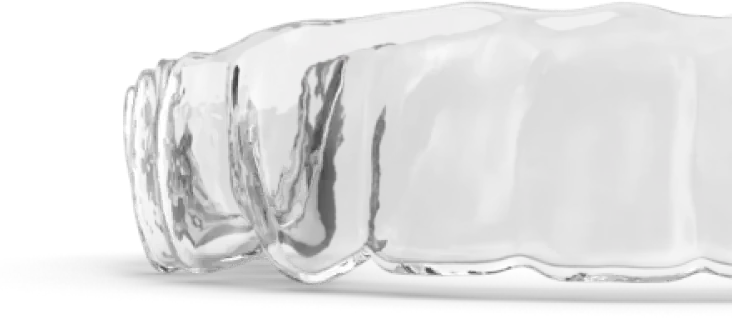
April 18, 2025
A bright, healthy smile is something everyone desires, but understanding how to achieve it can be confusing. Many people often mix up dental cleaning and teeth whitening, assuming they serve the same purpose. However, while both treatments enhance your smile, they have distinct functions. At Chic Clinic, we offer expert dental solutions to keep your smile healthy and radiant. Let’s break down the differences to help you make an informed choice.
What Is Dental Cleaning?
Dental cleaning, which is also referred to as prophylaxis, is an essential routine dental procedure carried out by a qualified dentist or dental hygienist. This process plays a crucial role in maintaining oral health. The primary objective of dental cleaning is to effectively remove harmful plaque, stubborn tartar, and unsightly stains that accumulate on the teeth over time. Doing so significantly reduces the risk of developing cavities, gum disease, and bad breath, which can lead to more serious dental issues if left untreated.
Regular dental cleaning not only contributes to a healthier mouth but also helps to promote overall well-being, as oral health is closely linked to systemic health. It is generally recommended that individuals schedule a dental cleaning at least twice a year to ensure optimal oral hygiene and to keep their smiles bright and healthy.
How Does Dental Cleaning Work?
- Scaling to remove hardened tartar (calculus): This process involves the use of specialized tools or ultrasonic devices to break down and remove tartar that accumulates on the teeth and is not removable by regular brushing. This is essential for preventing gum disease and maintaining dental health.
- Polishing to smooth the tooth surface: After scaling, polishing is performed to create a smoother surface on the teeth. This helps to remove surface stains and makes it harder for plaque to accumulate, thereby enhancing the aesthetic appearance of the teeth and contributing to overall oral hygiene.
- Flossing to clean between teeth: Flossing is a vital part of dental hygiene that involves using a thin, flexible cord to clean between the teeth. This helps to remove food particles and plaque that can get trapped in these hard-to-reach areas, reducing the risk of cavities and gum disease.
- Fluoride treatment for added protection (optional): Fluoride treatments involve applying a concentrated fluoride solution to the teeth to strengthen enamel and help resist decay. This treatment is often recommended for individuals who are at higher risk of cavities and serves as an additional protective measure after routine cleaning.
Advantages Of Dental Cleaning
- Preventive Care: Regular dental cleanings help prevent plaque and tartar buildup, reducing the risk of cavities and gum disease.
- Early Detection: During cleanings, dental professionals can identify early signs of dental issues, allowing for timely treatment before problems escalate.
- Improved Oral Health: Cleanings contribute to overall better oral hygiene, resulting in fresher breath and healthier gums.
- Enhanced Aesthetics: Professional cleanings can remove stains and discoloration, improving the appearance of teeth.
- Long-term Savings: By investing in regular cleanings, one can avoid more costly dental procedures in the future due to neglected oral health.
What Is Teeth Whitening?
Teeth whitening, on the other hand, is a cosmetic dental procedure aimed at brightening the colour of your teeth. It involves using bleaching agents such as hydrogen peroxide or carbamide peroxide to lighten stains caused by:
- Coffee, tea, and red wine
- Smoking and tobacco use
- Aging and enamel wear
- Certain medications
Different Types Of Teeth Whitening
- In-Office Whitening:
- This procedure is performed by dental professionals and typically involves the application of a strong bleaching agent directly to the teeth.
- A light or laser may be used to enhance the whitening effect.
- Results are immediate, often making teeth several shades whiter in just one session.
- It is generally the most expensive option but provides the most effective and quickest results.
- At-Home Whitening Kits:
- These kits can be purchased over the counter or provided by dentists.
- They usually include whitening trays and a lower concentration bleaching gel that the user applies over an extended period (usually days or weeks).
- While they are more cost-effective than in-office whitening, the results may take longer to achieve and may not be as dramatic.
- Whitening Toothpaste:
- These toothpastes contain mild abrasives and chemical agents that help remove surface stains.
- They can aid in maintaining the brightness of teeth but do not provide significant whitening effects compared to other methods.
- Regular use can help prevent new stains from forming.
- Whitening Strips:
- These are thin, flexible plastic strips coated with a whitening gel containing peroxide.
- Users apply them to their teeth for a specified time (usually twice a day for two weeks).
- Results can vary, but many people see noticeable improvement in tooth color.
- Natural Remedies:
- Some individuals opt for natural whitening solutions, such as baking soda, activated charcoal, or hydrogen peroxide mixtures.
- While some may have mild whitening effects, these methods are often not well-studied and vary greatly in effectiveness.
- Dental professionals often advise caution with these methods due to the potential for enamel damage.
- Veneers and Bonding:
- For those looking for a more permanent solution, dental veneers and bonding can cover discolored teeth.
- This can improve the smile’s appearance without the need for bleaching.
- However, these options require a dental consultation and typically come at a higher cost.
Advantages Of Teeth Whitening
- Enhances the brightness of your smile
- Boosts confidence and self-esteem
- Removes deep stains from the enamel
- Quick and effective cosmetic enhancement
Which To Choose When?
If you’re looking to improve oral health, prevent cavities, and maintain fresh breath, dental cleaning is the right choice. It is essential for everyone and should be done regularly.
If your teeth are healthy but appear yellow or stained and you want a brighter smile, teeth whitening can be a great option. However, whitening works best on clean teeth, so it is often recommended after a professional cleaning.
Conclusion
While both procedures contribute to a healthier and more attractive smile, they serve different purposes. Dental cleaning is a necessity for oral health, while teeth whitening is an elective cosmetic treatment. If you’re unsure which one you need, Chic Clinic is here to guide you with expert advice and advanced dental solutions.
Other Services
Opening Hours
Saturday - Sunday
09:00 AM - 09:00 PM
Monday - Wednesday
09:00 AM - 09:00 PM
Thursday
09:00 AM - 08:00 PM
Friday
Closed








